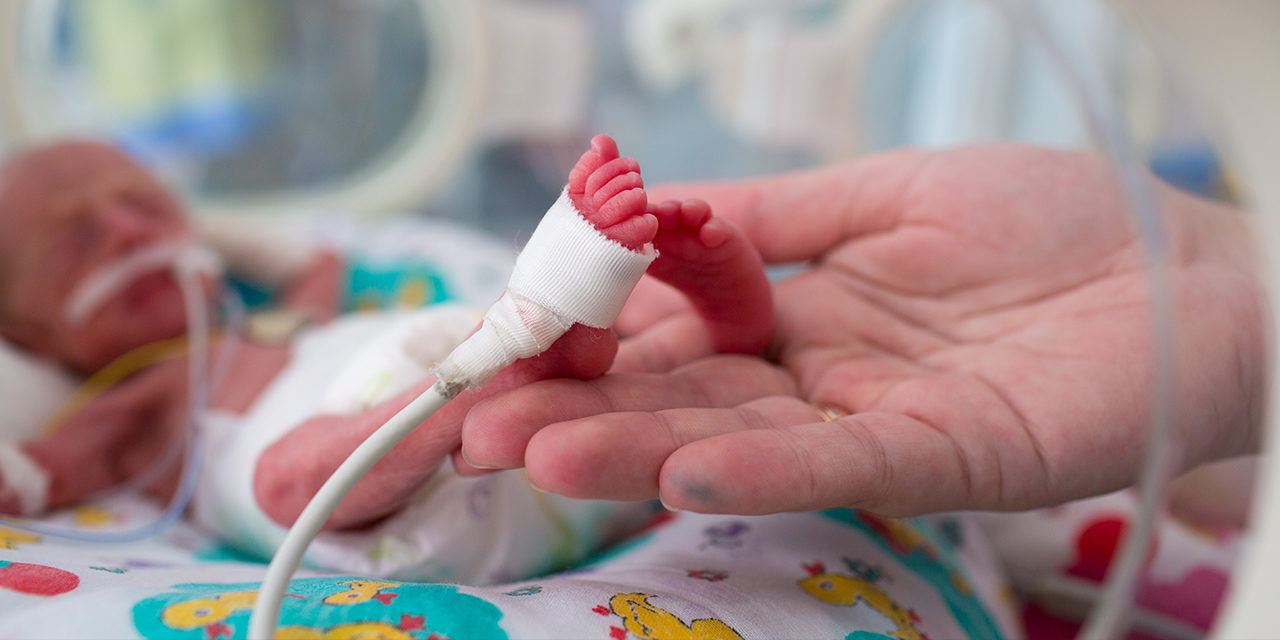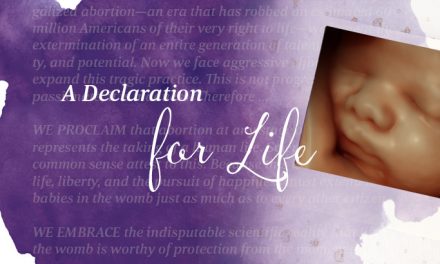Pro-abortion activists are panicking after the Supreme Court took up the case of Mississippi’s 15-week abortion ban. It’s a case that could potentially reevaluate Roe v. Wade by reexamining the point of viability for preborn babies and encourage physicians and hospitals to do more to save the lives of preemies (26-37 weeks) and micro-preemies (22-26 weeks).
The survival rate is increasing for a child born between 22-30 weeks of gestation. According to the University of Utah, infants born between roughly 22-24 weeks have a 50% chance of survival. Beyond that, children born after 24 weeks and to roughly 28 or 30 weeks have around a 60-70% chance at leaving the hospital.
Not only are babies surviving and thriving, but they are doing so with fewer long-term complications. There have been a handful of babies born at the incredibly tender age of a little over 21 weeks.
Science is advancing, and it’s time for abortion policy to do the same.
In the Roe v. Wade case and Doe v. Bolton viability is legally considered around 28 weeks initially, before dropping down to roughly 24 weeks. Therefore, if the law is centered around viability, the number of weeks abortion is permissible must reflect medical successes in premature birth survivability.
A study in the United Kingdom, conducted in 2005, shows that the country had babies born at around 18 weeks who briefly survived outside the womb, from about an hour to four and a half hours. At the time, the country’s physicians encouraged the country to reevaluate their own 24-week abortion limit.
This year, there was a report in The Daily Mail of a baby who was born after a botched abortion at 18 weeks and lived for 10 hours. Kiyo Bleu Watson, as the mother and her partner named him, had Edward’s syndrome and the couple reported that watching him die was “torture.”
But what if science could advance to the point that babies like Kiyo could be saved?
It’s within the realm of possibility, if physicians and hospitals are willing to take the risk and do all that they can to save these young babies. Unfortunately, that doesn’t always happen, and in the United States, the abortion law is part of the problem.
According to the mother of a baby born at 21 weeks four days gestation, the doctor only intervened and saved the child’s life because the mother asked him to “try.” If she didn’t, the child would have likely died, but now, she is thriving.
It’s difficult to know the exact statistic, as this likely won’t show up in any hospital report, but there are a few public cases of women being denied medical intervention for their extremely premature children because the hospital reportedly had regulations preventing any resuscitation efforts or life-saving measures for babies born below a certain gestational age.
In one particular case, Amanda Finnefrock of Ohio had twin boys born at 22 weeks 5 days gestation. She had to watch them die as she begged and pleaded with the hospital staff to treat them. Due to their age, medical professionals stood around and did nothing, citing hospital policy, as the twin boys took their last breaths.
Though medical treatment cannot save all babies and some hospitals don’t have the technology necessary to treat micro-preemies, it is shocking that any hospital or medical professionals would just watch twins die and ignore a mother’s pleas—but this is what happens when the nation allowed the abortion industry to dictate viability instead of science.
If viability changes, then the definition of life can essentially change, giving hospitals and physicians more incentives to intervene in these extreme cases and push the limits of survivability.
Granted not every child survives such a premature birth, but why shouldn’t doctors and hospitals do all that they can in the face of such a seemingly impossible task? In those cases, success will undoubtably be sweeter and potentially the point of viability may lower further.
This idea is terrifying to the abortion industry, which thrives on misinformation surrounding abortion and preborn life. If babies can live at 20 weeks, 18 weeks or even 15 weeks, they are no longer “blobs of tissue” or something that can easily be ignored and dismissed, but they instead become individual lives worthy of protection.
That would shake the very foundation of their business.
Hopefully, the Supreme Court of the United States will not only look at the legal arguments but examine the science in this situation as well. As medical technology advances, younger and younger babies could not only be born early, but live and thrive like never before.
Photo from Shutterstock






